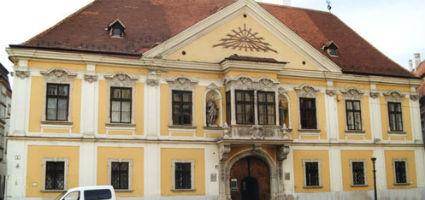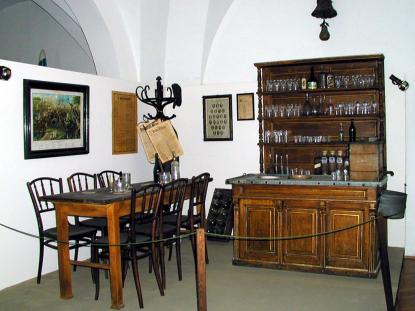2024. July 27. Saturday
János Xántus Museum - Győr
 |
Address: 9022, Győr Széchenyi tér 5.
Phone number: (96) 310-588
E-mail: xantus@gymsmuzeum.hu
Opening hours: 01.10-01.04.: Tue-Sat 10-16
|
Museum tickets, service costs:
|
Individual ticket for adults
|
800 HUF
|
|
|
Individual ticket for adults
(valid for the temporal exhibitions)
|
300 HUF
|
|
|
Individual ticket for students
|
400 HUF
|
|
|
Individual ticket for students
(valid for the temporal exhibitions)
|
150 HUF
|
|
|
Individual ticket for pensioners
|
400 HUF
|
|
|
Individual ticket for pensioners
(valid for the temporal exhibitions)
|
150 HUF
|
|
|
Ticket for families
|
1800 HUF
|
/ family
|
|
Season ticket for students
(school season ticket )
|
22000 HUF
|
/ half a year
|
|
Guide
|
3000 HUF
|
The oldest compilation of the museum is related to Rómer Flóris.
We show archeological material from Neolithic period to the Árpád age in four rooms. Iron objects found in mass graves
and unical weapons, ceramics and jewelry found in Celtic graves near Ménfőcsanak are of special interest.

In the second ward, we show Roman finds from Arrabona (Győr) and Mursella (Árpás). From the era of great migration, we show regal Hun finds from and several objects found in Avar graves.
The first ward upstairs show memoirs from the Original Settlement and the Middle Ages. The significance of the lord lieutenant castle and the episcopate in Győr remained consistent throughout the Middle Ages. The historic exhibition at the end of the corridor shows this.

In the second ward, we show Roman finds from Arrabona (Győr) and Mursella (Árpás). From the era of great migration, we show regal Hun finds from and several objects found in Avar graves.
The first ward upstairs show memoirs from the Original Settlement and the Middle Ages. The significance of the lord lieutenant castle and the episcopate in Győr remained consistent throughout the Middle Ages. The historic exhibition at the end of the corridor shows this.
|
Related activities
|
|
